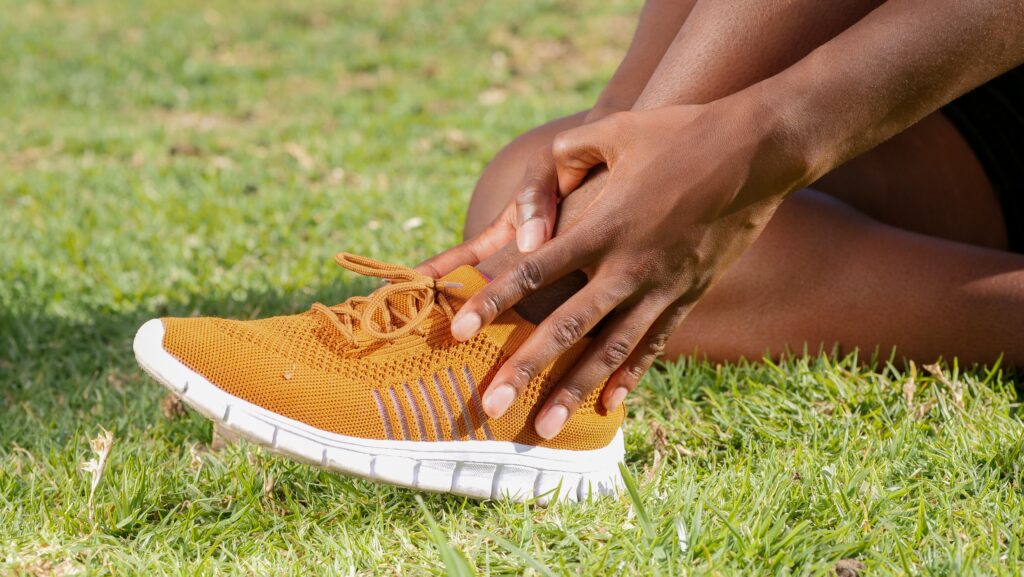Why Compression Sock Size Matters
Compression socks can be a useful treatment for a variety of health-related issues. They can be useful in treating restless leg syndrome, varicose veins, multiple sclerosis, and swelling from pregnancy. Since compression socks are so versatile, there are many different types and sizes. Choosing the right size of compression socks is essential for ensuring they are beneficial instead of harmful.
Keep reading to learn more about compression socks and sizing.
Types of Compression Socks
There are many different types of compression socks. The most common type is knee-length or just below, which treat issues related to the lower legs. However, compression socks can be thigh-high or even stocking-length, depending on an individual’s specific conditions.
There are also different levels of pressure suited for different needs. The National Library of Medicine states that “there is no single standard used worldwide, which may cause confusion”. Generally, compression sock pressure is measured by millimeters of mercury (mmHg), similar to blood, which can help people determine their ideal pressure. Finding the balance between treating a condition and avoiding further health issues can be difficult, so choosing the right size of compression socks is critical.
Risks of Choosing the Wrong Size

Since compression socks function as medical treatment, choosing the wrong size can be detrimental. Socks that are too small may create too much pressure and worsen a patient’s health. According to WebMD, keeping an eye on pressure is important for preventing deep vein thrombosis, which can cause pain and swelling. Compression socks that are too tight can also reduce circulation and restrict blood flow instead of encouraging it.
Alternatively, compression socks that are too loose can be ineffective. This is why having the right size is crucial. . If compression socks are too tight, they can do more harm than good, but if they are too loose, they are no different from a normal pair of socks.
How to Know Which Size is Best
After determining which type of compression socks is right for an individual, getting the right size is the next step. There is no set sizing for compression socks, as every manufacturer will be different, but there are some ways to determine what the best size for an individual will be. For example, one way to go about this is to measure the circumference of one’s leg. Most compression sock manufacturers have a sizing guide depending on one’s leg measurements. Then, take pressure into account to maximize efficiency.
Conclusion
There are some concerns when choosing the right size compression socks. Too tight or loose socks can be counterproductive, but there are ways to ensure one finds the right size. Looking into the types of compression socks and identifying individual needs can be instrumental.
To read more about compression socks and health, visit magicfeet.club/.



